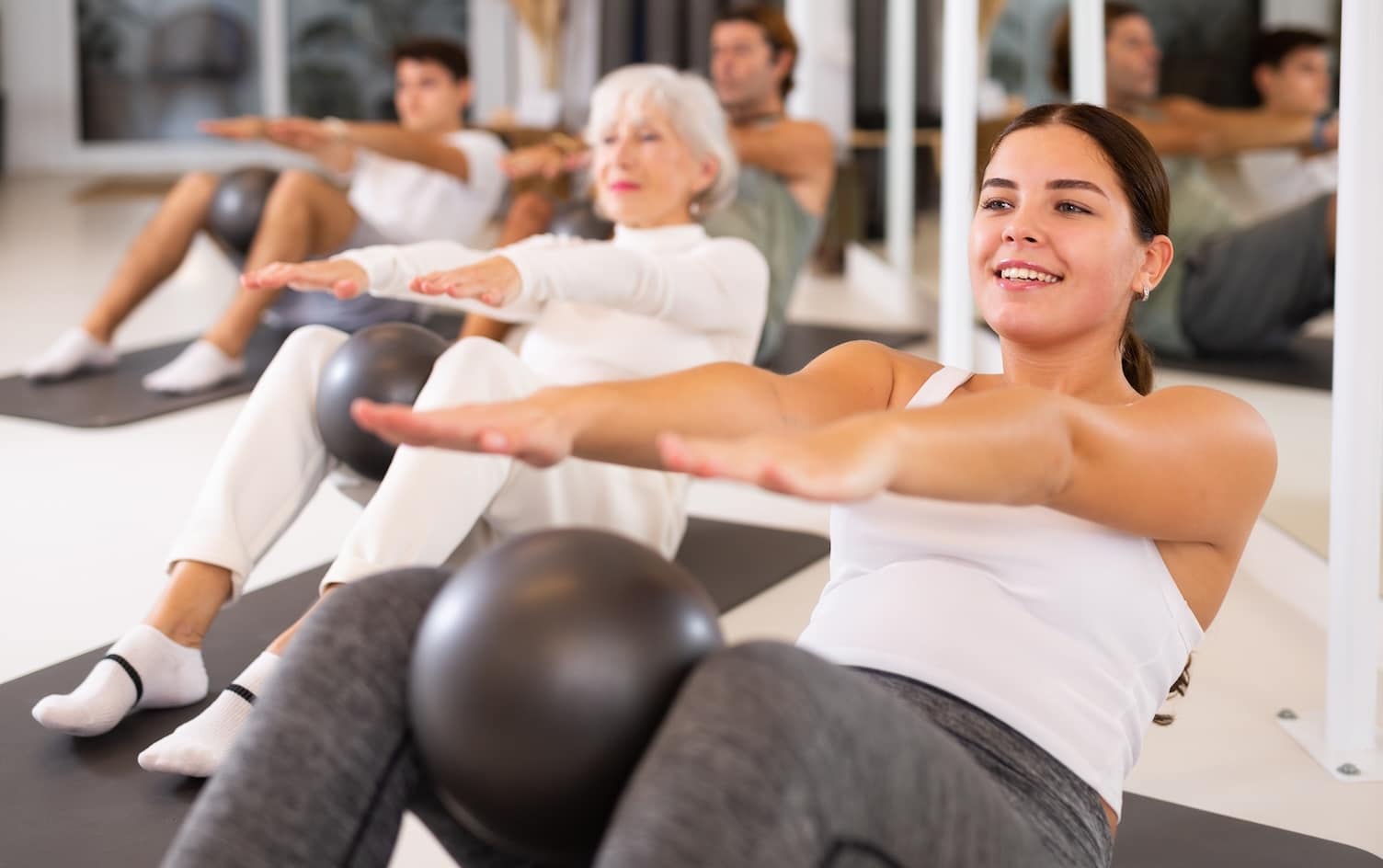Just 30 minutes of walking a day has been shown to help reduce stress, improve mood, increase bone density and more. But turning a walk into a workout — and amping up the calorie burn — requires paying attention to details including the route, speed and form. Correcting these eight walking mistakes helps you burn more calories and turns your daily walks into serious workouts.

Mixing up your speed during a workout not only torches calories, it helps burn fat. One study found walkers who varied their pace burned 20% more calories than those who maintained a constant speed. Additional research showed alternating between a moderate-intensity pace and bursts of high intensity was more effective at reducing belly fat.
The fix: To add intervals to your walk, Leslie Sansone, creator of the Walk at Home Workouts and author of “Walk Away the Pounds” suggests starting slow, walking at a warmup pace for two minutes, a brisk pace for the next two minutes and then jogging for 30 seconds, repeating the pattern for 20 minutes. “Your body has to adjust to different speeds, which requires more energy and leads to a bigger calorie burn,” notes Sansone.

While a brisk walk is an excellent cardiovascular workout (60 minutes burns an estimated 259 calories) adding a strength-training component to your walk burns even more calories.
The fix: Incorporate strength-training intervals. Erin Nitschke, therapeutic exercise specialist and American Council on Exercise-certified health coach recommends walking for 3 minutes then performing 30 seconds of walking lunges, jump squats, jumping jacks or other resistance exercises.

“Climbing engages more muscles in the glutes and thighs [and] these are big muscle groups that use a lot of energy and burn more calories,” explains Sansone. One study found energy expenditure or calories burned was as much as 30% higher on uneven terrain.
The fix: Change your routine and add more hills or variation in terrain such as stairs, gravel or sand, which use different muscle groups and can help with balance and core strength. If you live in a flat area, you can also take your workout to the treadmill to play with the incline.

Walking might be all about putting one foot in front of the other, but that doesn’t mean your arms should hang by your sides when you power walk. “Using the upper body when walking is good body mechanics; it’s how the body is meant to move,” Nitschke says. “The more muscle groups you engage in a workout, the greater the caloric expenditure.”
The fix: Bend your arms 90 degrees and pump your fists toward the sky as you walk. For even more of a challenge, try holding 1–3-pound hand weights while you walk. According the American Council on Exercise, this can boost your heart rate up to 10 beats per minute and increase oxygen consumption between 5–15%, adding to the number of calories burned during a workout.

While silent walks where you focus on your breathing can be helpful for lowering stress, it can also get monotonous. Change it up by listening to music, which can reduce the perception of fatigue, leading you to walk farther and faster — burning more calories — than you would without upbeat tunes pumping through your ear buds.
The fix: “Try matching your body to the beat of faster paced music,” explains Dr. Catrine Tudor-Locke, American College of Sports Medicine fellow and dean of the College of Health and Human Services at the University of North Carolina at Charlotte.
Music with a tempo of 170–190 beats per minute was associated with the best results, according to the latest research. Songs like “Roar,” by Katy Perry, “I Will Survive,” by Gloria Gaynor, and “Get the Lead Out,” by Aerosmith, all fit the bill.

Having the right gear can make a big difference in your walking workouts. For example, “heart rate monitors are great tools to evaluate and track intensity of exercise,” says Nitschke. If you notice your heart rate drops below a specific level during your walk, the monitor can serve as a reminder to increase your speed or tackle a few hills to up the intensity.
The fix: Consider investing in a heart rate monitor. “If you are performing heart rate training as a way to monitor intensity, these tools can add an element of mindfulness and encourage you to push yourself,” says Nitschke.

Your “trekking” poles are also great for a walking workout. Research shows walkers who completed a 1-mile route with poles burned more calories than walking the same course without poles.
“Using walking poles adds an extra and more exaggerated arm movement that isn’t necessarily associated with just a general stroll or brisk walk [and] this can help increase the caloric burn,” says Nitschke.
The fix: Incorporate walking with poles into your routine, but be careful of relying too heavily on them for stability and support. Just like leaning on the sides of a treadmill during a workout can decrease the number of calories you burn, so can depending on the poles.

If you’re walking to lose weight, adding a few extra pounds can help. One study showed women who walked with a weighted vest equivalent to 15% of their body weight (about 22.5 pounds for a 150-pound woman) burned 12% more calories than women who walked without the extra weight.
The fix: Consider adding a weighted vest or backpack for an extra challenge, but start slow, advises Tudor-Locke. You can use lower amounts of weight and add more as you acclimate to carrying the additional mass. Another pro tip: Avoid ankle weights as they can “throw off your gait and lead to injuries,” says Tudor-Locke. “A weighted vest gives you a bigger calorie-burning bang and it’s safer.”
Make progress every day while you work on fitness and nutrition goals, like walking more steps. Go to “Plans” in the MyFitnessPal app for daily coaching and easy-to-follow tasks to keep you motivated.




